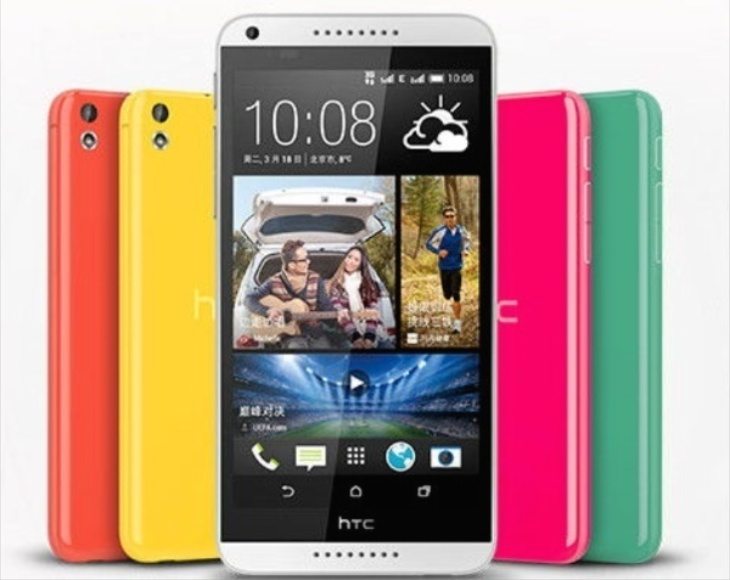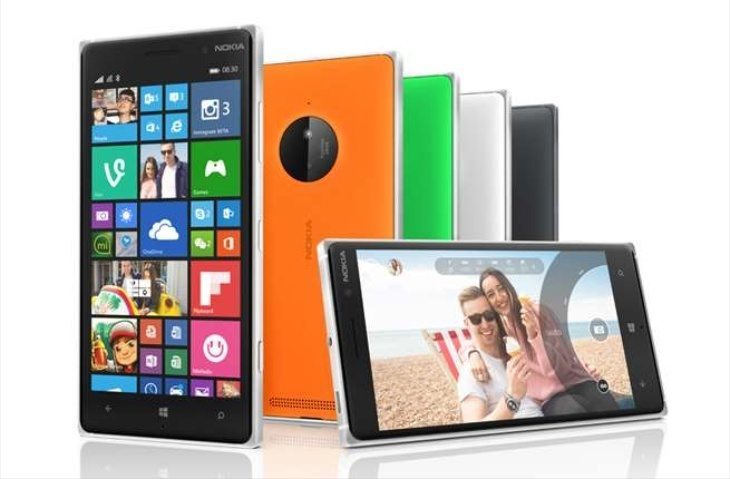HTC Desire 816 vs Nokia Lumia 830 specs breakdown

Although there’s a lot of interest in high-end smartphones we should remember that many people still appreciate a mid-range handset. The HTC Desire 816 released earlier this year while the Nokia Lumia 830 has just launched. If you’re considering either of these devices you might like to check out our HTC Desire 816 vs. Nokia Lumia 830 specs breakdown.
A major difference between these two phones is that the Desire 816 runs the Android operating system while the Lumia 830 runs Windows Phone. If that’s not a deciding factor for you, we’ve compared the key specs so that you can see what they have to offer against each other. Both are single SIM devices although the Desire 816 is also available as a dual SIM model.
Processors
The HTC Desire 816 is powered by a 1.6GHz Snapdragon 400 quad-core processor with Adreno 305 graphics. The Lumia 830 uses a 1.2GHz Snapdragon 400 quad-core CPU, also with Adreno 305 GPU.
Display
The Desire 816 has a 5.5inch Super LCD2 display with resolution of 1280 x 720 and 267 ppi. The Lumia 830 has a 5-inch IPS LCD display with the same resolution, resulting in 294ppi.
RAM and Storage
There’s 1.5GB of RAM and 8GB of internal storage, expandable via microSD to 128GB for the Desire 816. On the other hand the Lumia 830 has 1GB of RAM and 16GB of internal storage, also expandable to 128GB.
Camera set-up
The Desire 816 packs a 13-megapixel rear camera with autofocus, LED flash and video capture of 1080p@30fps / 720p@60fps. It also has a 5-megapixel front-facing camera for selfies. The Lumia 830 has a 10-megapixel rear camera with Carl Zeiss optics, PureView technology, autofocus, LED flash, optical image stabilization, and 1080p@30fps video capture. It has a 0.9-megapixel front-facing unit.
Battery
The HTC phone has a non-removable 2600 mAh battery while the Lumia has a removable 2200 mAh battery.

Connectivity
Both phones support 3G, 4G LTE, Bluetooth 4.0, NFC, GPRS, EDGE and microUSB 2.0. The Desire 816 has Wi-Fi 802.11 b/g/n while the Lumia 830 has Wi-Fi 802.11 a/b/g/n/.
Operating System
The Desire 816 runs Android 4.4.2 KiKat skinned with the Sense 6 UI, and the Lumia 830 runs Windows Phone 8.1.
Dimensions and Weight
The Desire 816 measures 156.6mm x 78.7mm x 7.9mm and weighs 165g. The Lumia 830 measures 139.4mm x 70.7mm x 8.5mm and weighs 150g.
As far as pricing is concerned these phones are in a similar price sector, but price varies by region and retailer. Generally though the Desire 816 is to be found a bit cheaper than the Lumia 830. There’s a mixed picture as far as specs are concerned, with the Desire 816 having a faster processor, larger display (not considered an advantage by everyone), more RAM, higher megapixel cameras, and a higher capacity battery. It’s also the slimmer handset of the two.
On the other hand the Lumia 830 has a higher display ppi (thanks to its smaller size), more internal storage, optical image stabilization for the camera, and benefits from a removable battery. It’s also the lighter of these smartphones. Of course design preference will also be a factor in your decision, and for specs you’ll need to narrow down the aspects of a phone that are more important to you.
When you’ve had time to deliberate we’d really like to hear your verdict on this choice. Would you pick the HTC Desire 816 or the Nokia Lumia 830? Send your comments to let us know.

Comments
One thought on “HTC Desire 816 vs Nokia Lumia 830 specs breakdown”
Cool review.
I am not sure how well will HTC desire function after few months, since SD400 for Kitkat, especially with Sense skin on top is a bit underpowered. So most likely 830 will outperform 816 in real life.
As for the cameras, there is no competition. PureView technology with Carl Zeiss optics in 830 versus HTC’s cam. Just how 8 MP camera on iphone beats 16 MP on GS5. Optics and image rendering is very important.
I think i’ll go for 830 for my new phone.